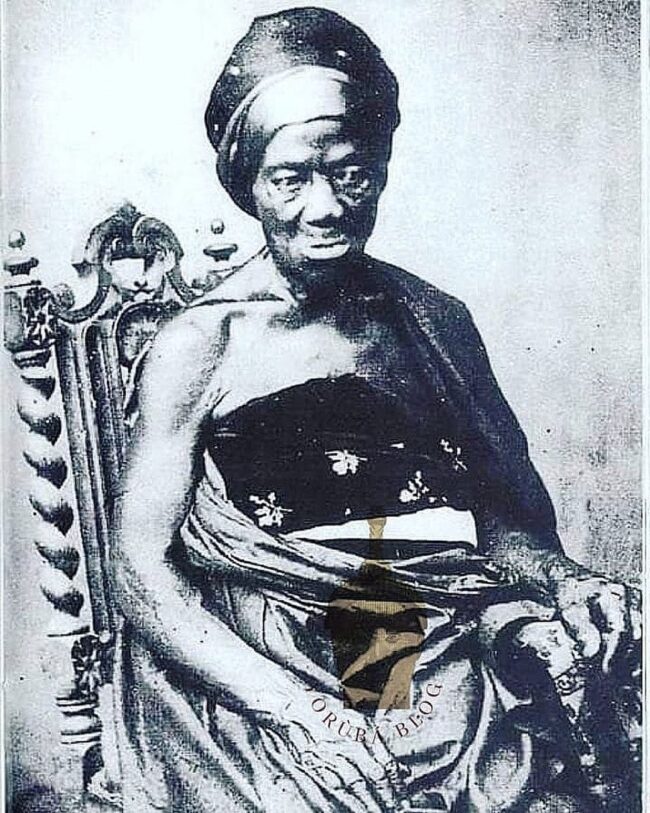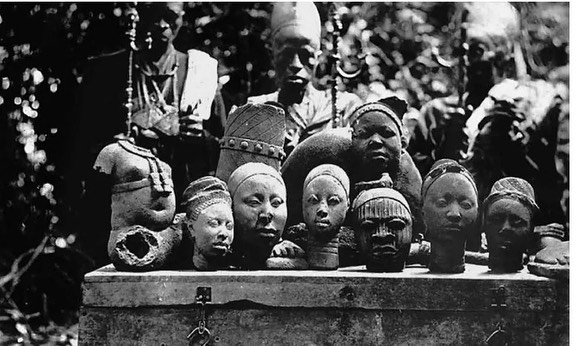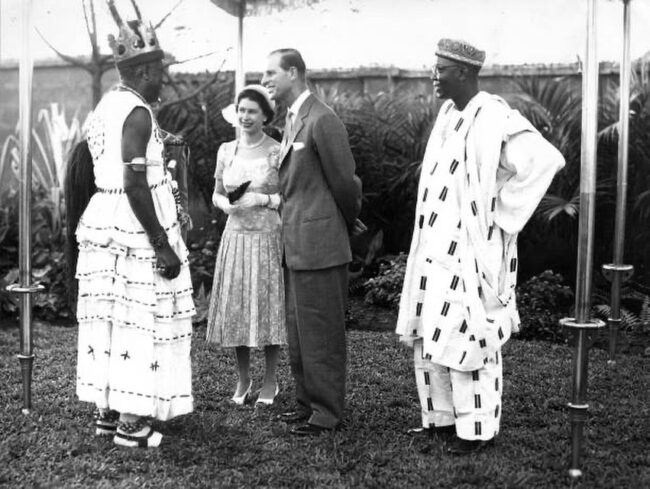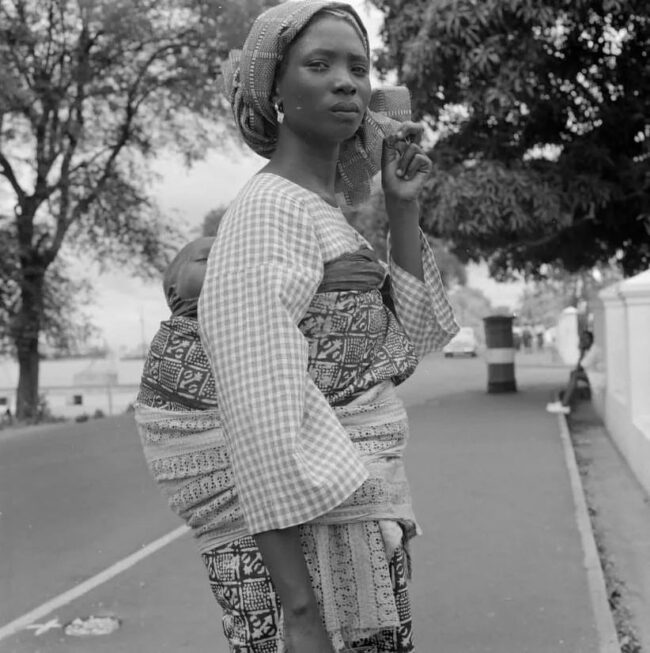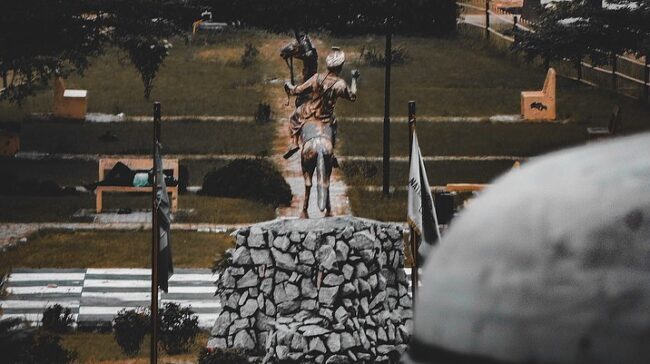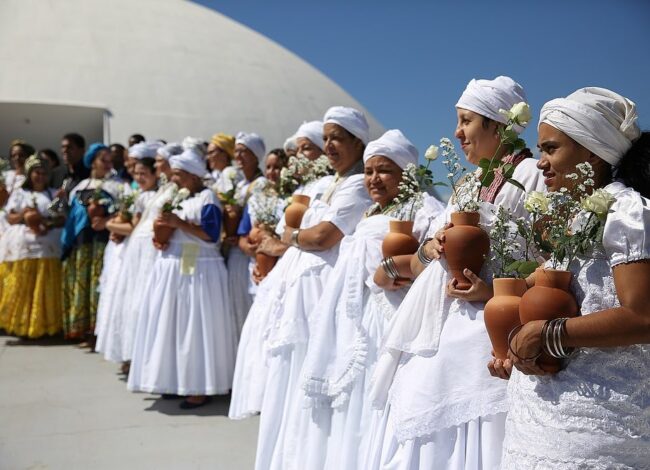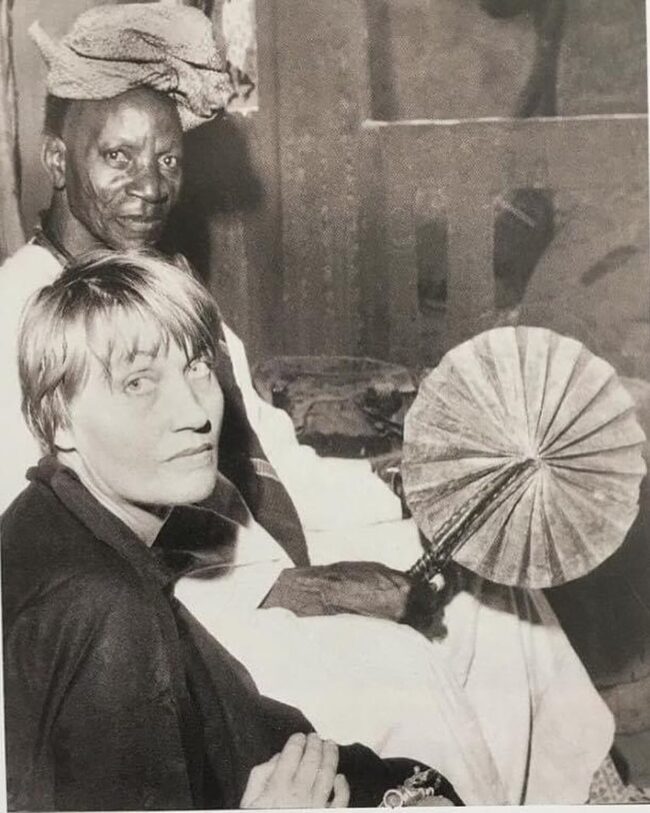Big crimes have been suffered and overcome in Nigeria. The 1970s saw Oyenusi, the 1980s saw Anini, and the 1990s saw Shina Rambo. Their atrocities lasted no more than five years, according to Derico Nawa mama in the early 2000s. But one of the largest and longest periods of terror in Nigerian history was the reign of Abbey Godogodo in the early 2000s. Abiodun Egunjobi, also known as Godogodo, 36, emerged as the leader of a group that terrorized Lagos and the southwest with reckless abandon. The gang defied all logic, struck with accuracy, and killed without compassion. Godogodo, who had served seven years in prison for a crime he believed to be insignificant, set off on his journey into the dangerous world of crime. He was a junk trader in the Abule-Egba slum of Gatankowa when he got into a brawl and was taken into custody by the police. Godogodo was put in jail because he had no one to save him, him, and he felt that the police had wronged him by sending him there. He made friends with more dangerous armed robbers while incarcerated, formed an alliance with them, and spent time learning under their tutelage. Upon his release from prison, he resolved to take legal action against the police for their seven-year incarceration of him. Godogodo, also referred to as the one-eyed assassin, caused the Lagos State Police Command so many headaches during the course of 14 years prior to his arrest on August 1, 2013, that the command rejoiced on the day of his arrest, knowing that at least its men would be safe from his guns. Godogodo, a ‘hefty man’ who was born in 1977 in Atan, Ogun State, turned to crime after he ran away from his parents’ house to live in the slum of Gatankowa in the Abule-Egba neighborhood of Lagos. In order to survive, he sold cigarettes and booze here. Later, he would run into a group of criminals who had a bag of firearms with them. “I was co-opted into the gang, but I wasn’t satisfied with what they were giving me after each operation, so I joined another …


